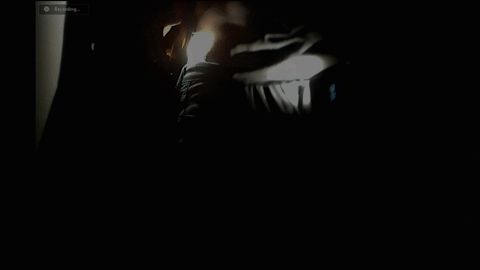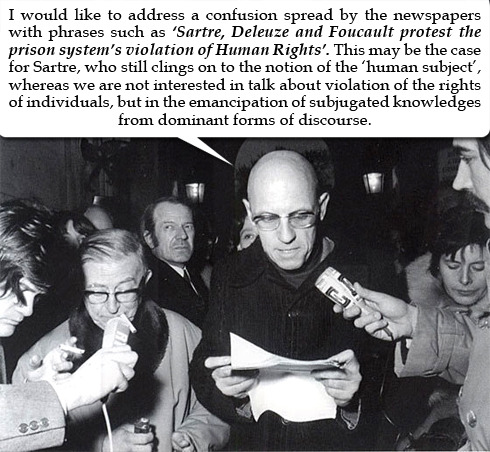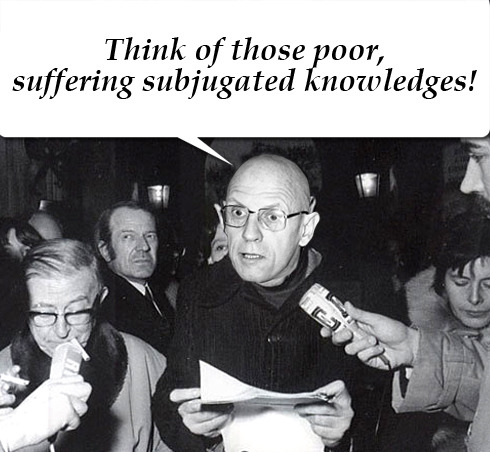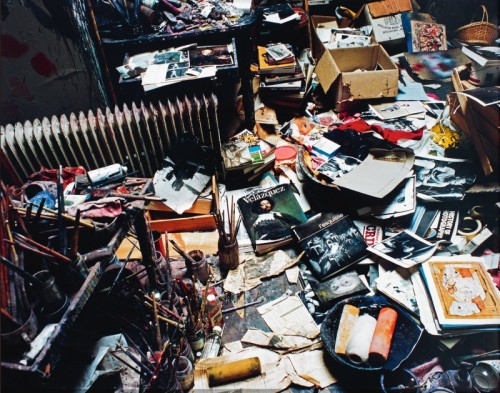#deleuze
¿Tan triste y peligroso es no soportar los ojos para ver, los pulmones para respirar, la boca para tragar, la lengua para hablar, el cerebro para pensar, el ano y la laringe, la cabeza y las piernas? Por qué no caminar con la cabeza, cantar con los senos nasales, ver con la piel, respirar con el vientre, Cosa simple, Entidad, Cuerpo lleno, Viaje inmóvil, Anorexia, Visión cutánea, Yoga, Krishna, Love, Experimentación. Donde el psicoanálisis dice: Deteneos, recobrad vuestro yo, habría que decir: Vayamos todavía más lejos, todavía no hemos encontrado nuestro Cuerpo sin Órganos, deshecho suficientemente nuestro yo. Sustituid la anamnesis por el olvido, la interpretación por la experimentación. Encontrad vuestro cuerpo sin órganos, sed capaces de hacerlo, es una cuestión de vida o de muerte, de juventud o de vejez, de tristeza o de alegría. Todo se juega a ese nivel.
[Cómo hacerse un cuerpo sin órganos | Gilles Deleuze y Félix Guattari]
Post link
“Text ‘ANTIHUMANIST’ to 9999 to make a donation that will allow our team of academics to help a marginalized discourse TODAY!”
Post link
space(s) is another encounter between Lisa Parra ( @parralis ) and Daniel Pinheiro ( @daniel-pinheiro ) exploring the possibilities of the networked environment.
Space is a practiced place. Thus the street geometrically defined by urban planning is transformed into a space by walkers. In the same way, an act of reading is a space produced by the practice of a particular place: a written text, i.e.: a place constituted by a system of signs. - Michel De Certeau
(De Certeau, ‘The Practice of Everyday Life’, 117, quoted in Kaye, 'Site-Specific Art: Performance, Place and Documentation, 4; quoted in Steve Dixon’s 'Digital Performance - A History of New Media in Theater, Dance, Performance Art, and Installation’, 411)

In the darkness,
We move forward,
in an unknown territory,
a territory devoid of references,
without meaning.
As we move ahead,
as we go through the surface,
through the edges,
as we follow the contours,
we intersect shapes and elements.
In that space,
it becomes…
impossible to perceive what we intersect.
We resort to memory,
to reproduce what we think
we are in fact intersecting.
We resort to memory,
of things we already know,
so we can name the things,
and make that space,
somehow recognizable.
In that space,
where distance is impossible to measure,
we try…
that opacity becomes lesser…
where are you when you’re not here?!
-Placelessness, 2015; LAND PROJECT

As the place - space - is built by a relationship of coexistence; remote places become a single distributed continuous area expanded through a networked system of communication - the specificity of this place [site-specific] is a consequence of what happens within it. The personal sense of position, in regard to common referentials, is disrupted by fracturing the distance between (at least) two physical locations. This perception is an altered state caused by a sensorial experience of practicing this new multi-location extended placelessness inhabited by actions that, through light, gradually unveil a unified mixed reality.
By playing with the possibility offered by darkness and with light, the doubled space is demarcated by the actions developed, its liminality allows for a careful disorientation of participants inviting them to ‘enter’ each other’s distinct location and compose a representation of what’s being simultaneously constructed.
The body finds itself in the middle of this ambiguity, no longer claiming a singular identity but possibly assuming the other as an extension of its own. These ambiguous bodies are constantly in a state of becoming, a transdividual exchange that is a writing of this space, only tangible through its embodiment – its practice, constituting an archetypal system.

Through the screen, both the sense of presence (body) and space (place), within networked environments are exerted to the extent that they undermine traditional preconceptions of their significance. This non-place is a constant transitory state between the physical and the immateriality of its augmentation; inhabited by its agents/actors it becomes a site-specific where both the perception of location and self are shared between them, a communicant place where one end is not a copy of the other, where both are real and coexist in the same time – this one limited to the length of its duration – an area of action, liberated from normative constraints.

see time lapse video of the encounter here.
The shadow escapes from the body like an animal we have been sheltering.
–Deleuze





![dorbo abodal, one of the world’s comics[ patreon ] dorbo abodal, one of the world’s comics[ patreon ]](https://64.media.tumblr.com/13b16d7700da645149c6dc7c8ca52afa/d39f30dc40b7df9f-f3/s500x750/e5a7a0bc41a09cd9f9f0ec425f640594ed79b77f.png)
